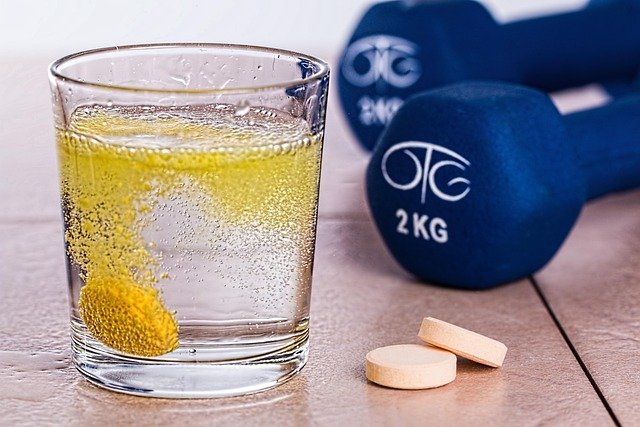Understanding sodium and potassium in fluid replacement
Sodium and potassium are central to effective fluid replacement. This article explains how these electrolytes influence hydration and recovery, when to consider rehydration for athletes, children, travelers, or during illness, and how to approach homemade options safely.

Maintaining the right balance of fluids and electrolytes is essential for everyday function and for recovery after exercise, illness, or travel. Sodium and potassium work together to regulate fluid distribution, nerve signals, and muscle function. Understanding their roles helps you choose appropriate rehydration fluids, judge when medical care is needed, and prepare safe homemade solutions where appropriate.
This article is for informational purposes only and should not be considered medical advice. Please consult a qualified healthcare professional for personalized guidance and treatment.
What are electrolytes and how do they affect hydration
Electrolytes are charged minerals in body fluids that include sodium, potassium, chloride, magnesium, and calcium. They enable water to move between cells and blood plasma, help transmit nerve impulses, and support muscle contractions. When you lose fluids through sweat, vomiting, or diarrhea, you also lose electrolytes, which can impair hydration and bodily functions. Choosing fluids that replace both water and key electrolytes supports effective rehydration rather than simply increasing fluid volume.
Sodium’s role in fluid balance
Sodium is the dominant extracellular electrolyte and plays a primary role in retaining water within the bloodstream and interstitial spaces. It helps maintain blood pressure and supports the transport of nutrients across cell membranes. During heavy sweating or diarrheal illness, sodium losses can be substantial; replacing sodium helps prevent hyponatremia (low blood sodium) and supports adequate plasma volume. Rehydration solutions typically include sodium in carefully measured amounts to restore balance without causing excess retention.
Potassium and recovery
Potassium is the main intracellular electrolyte, important for muscle function, heartbeat regulation, and cellular metabolism. Replacing potassium lost through sweat or gastrointestinal losses aids muscle recovery and reduces cramping risk. Many commercial rehydration products include potassium at levels intended to complement sodium. Whole foods such as bananas or potatoes provide potassium too, but in acute dehydration from illness or heavy sweating, targeted rehydration fluids are often more effective at rapidly restoring electrolyte balance.
Recognizing dehydration in athletes and children
Signs of dehydration can vary by age and activity. Athletes may notice decreased performance, dizziness, muscle cramps, or dark urine. Children can show irritability, decreased urine output, dry mouth, or lethargy. For both groups, prevention and early rehydration are important. Athletes engaged in prolonged or intense exercise benefit from fluids that replace both water and electrolytes. Children with vomiting or diarrhea may need rehydration solutions designed for pediatric use to restore sodium and potassium safely.
Rehydration for travel and illness
Travelers and people with acute illness (for example, with fever, vomiting, or diarrhea) often face rapid fluid and electrolyte losses. Oral rehydration solutions recommended by health organizations combine water, sodium, and small amounts of sugar to promote absorption. For mild to moderate dehydration while traveling, commercially prepared electrolyte solutions are convenient and formulated for safe, predictable electrolyte replacement. If symptoms are severe, such as persistent vomiting, inability to drink, or signs of shock, seek medical care promptly.
Homemade options, safety, and dosage
Simple homemade rehydration drinks can work in some situations but must be prepared carefully to avoid incorrect electrolyte concentrations. A commonly used guideline mixes water with small amounts of salt and sugar to approximate oral rehydration solution osmolarity, but precise ratios matter. For routine activity-related dehydration, diluted fruit juices with added salt or sports beverages can be acceptable. For children or people with medical conditions, use commercially formulated products or follow professional instructions. Always adhere to recommended dosages on product labels and consult a clinician for repeated or severe dehydration.
Conclusion Sodium and potassium are complementary electrolytes that determine how fluids distribute in the body and how well muscles and nerves function during recovery. Appropriate rehydration replaces both water and key electrolytes, using age- and situation-appropriate products or carefully prepared homemade alternatives. Monitoring symptoms and seeking medical evaluation for severe dehydration ensures safe and effective treatment.




